Which Generation Use The Most Water In Bathing And Showering?
The environmental impact of water usage might be just about the only facet of the showers vs baths debate we’ve yet to wade into, so we’ve decided to put that right in this blog.
More specifically, we’ll focus on research concerning contrasting age demographics, and look to decipher whether excessive water usage could present a burgeoning problem amongst the younger generation moving forwards.
We’ll explain which age ranges prefer taking showers to baths, and which brackets will tend to spend longer than is perhaps absolutely necessary when indulging in either vice. In turn, how the related excess water use could have a negative environmental influence.
Do Showers Or Baths Use More Water?
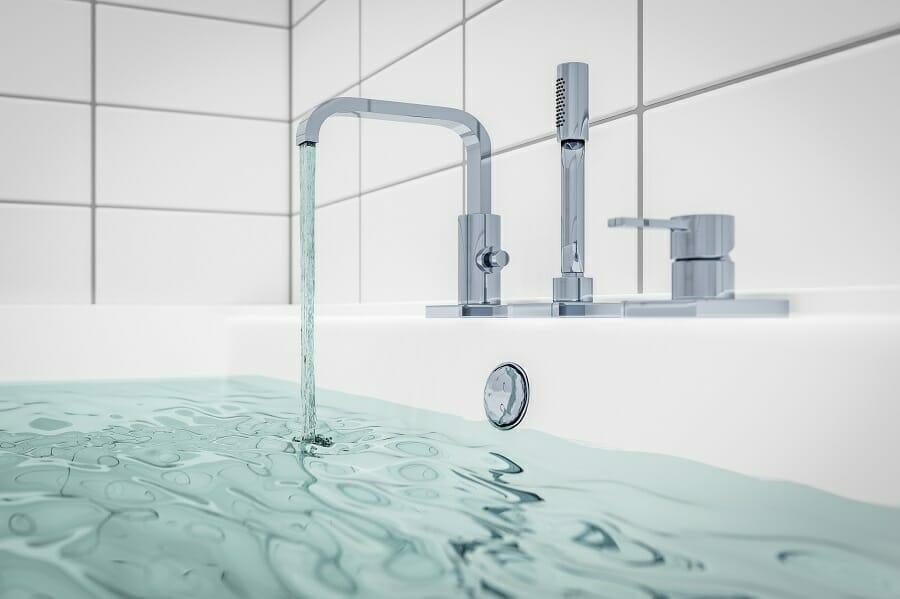
In basic theory, you can imagine that showers would use more water than baths, considering the constant flow in opposition with a filled tub that doesn’t require any top up.
However, a number of factors are at play that can swing the pendulum in the other direction. Not least, the size of the bathtub in question, and the amount of time the user chooses to spend engulfed in the refreshing deluge of a shower system. The specific shower model’s flow rate is another element to consider as well.
The likes of traditional freestanding baths, for instance, often incorporate a wealthier surface area than a number of modern bathtubs, or alternative designs such as corner baths. And as a result, they’ll usually accommodate more water.
Similarly so, a multitude of modern showers will provide superior flow rate in contrast with other styles, providing refreshing full body coverage but also using plenty more water in a shorter space of time.
Ultimately then, there’s no real definitive answer without taking into account the aforementioned elements and their opposing values.
Generally speaking though, it is thought that a 10-minute shower will use significantly less water than a soak in the tub would. Standard showers are thought to use around 2.5 gallons of water per minute, whilst a large freestanding bath might require the distribution of up to 70 gallons in total.
Which Age Ranges Prefer Baths Over Showers?
According to our research, with a sample size of 1000, it’s actually the middle aged to older generation that prefer to take a bath as opposed to a shower.
42.7% of 55-64 year-olds questioned said they preferred to climb into the tub, with the next highest percentage of bath preferring folk (40.4%) stemming from the 35-44 year-old age bracket.
But whilst there’s a correlation between the same age ranges spending longer in the bath on average, there’s little to suggest that extra water is being wasted in comparison with those who don’t soak for quite as long. Of course, the bathtub will typically be filled up initially, so no requirement usually exists to top up the levels after entrance.
That said, the 6.5% of 55-64 year-olds admitting to bathing for in excess of an hour at a time could need to replenish the reservoir they’re sat in after a while. And the same goes for the 5.2% of 25-34 year-olds who also answered that they soaked for 60 minutes plus.
Meanwhile, that same latter category produced significantly the highest percentage of those surveyed to bathe for up to 40 minutes (17.4%), suggesting that there could be some truth to the notion that the younger crop are somewhat prone to a touch of water wastage.
What do the shower statistics say though?
Which Age Ranges Prefer Showers Over Baths?
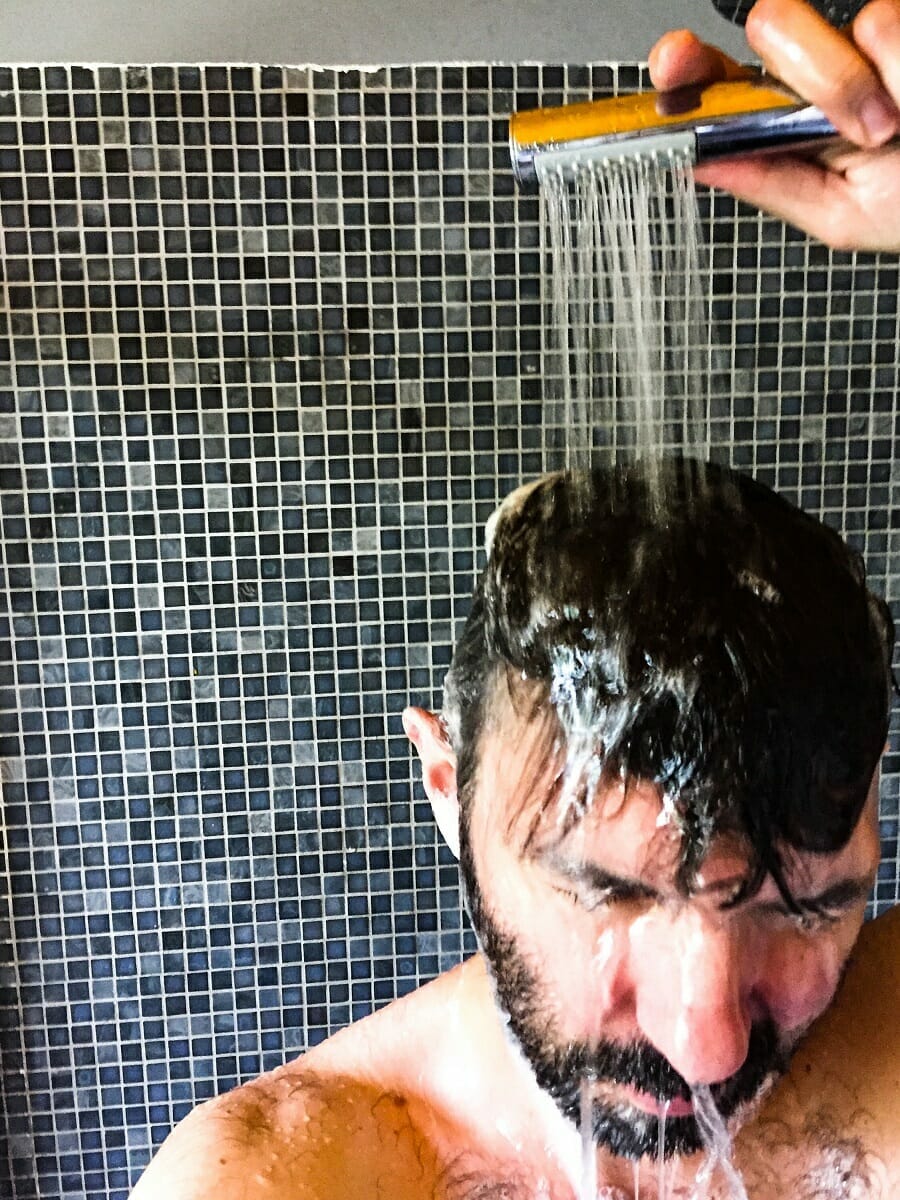
The youngest age range surveyed were the very most receptive to the idea of taking a shower over a bath, with a whopping 69.2% of 18-24 year-olds asked preferring the shorter and sharper blasts of a typical shower system.
However, of that same age bracket, just 4.3% said they spent five minutes or less within their shower enclosure, with a majority 40.4% taking between five and 10 minutes to shower.
Incidentally, that timing spectrum was by far the most popular showering length amongst all demographics on the whole, with 45-54 year-olds the most dominant in the category – 53.8% of the range said they showered for more than five minutes and less than 10.
What is particularly notable though, is that of each of the three youngest age brackets would appear to be far more in favour of longer showers when lined up against the older three age categories.
More than a third of all respondents aged between 18 and 44 said they spend a minimum of 10 minutes in the shower, whilst 22.1% was the highest percentage that answered the same of the eldest three age ranges (55-64 year-olds).
Plus, 16% was the lowest total of the youngest three categories that explained a preference for showering for up to 20 minutes. By contrast, 7.1% was the highest amount of any of the three eldest groups to mirror that shower ‘speed’.
And practically every person who admitted to showering for 25 minutes or longer hailed from the initial three age brackets too. Just 0.6% of people over 45 said they spend so long in the shower, with the 25-34 age range flying the flag for excessive shower stints – their 4.6% to stick around for 25 minutes or more was the highest of all those surveyed.
So Who Wastes The Most Water?
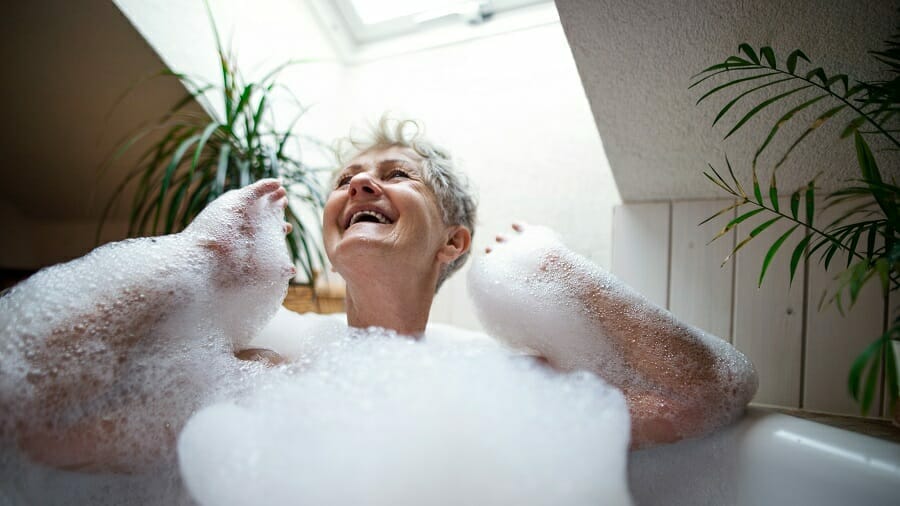
All in all, based on the data we’ve garnered from a sizeable enough sample, it seems the blame can be shared to some extent.
Although the older generation would seem to prefer the water-sapping confines of a bathtub more so than the younger clan we questioned, it seems the shower-mad youngsters are prone to spending an excessive amount of time in their enclosures.
The fact that 5-10 minutes was the most popular shower duration amongst all those questioned is encouraging overall, and surely in most circumstances, a shower doesn’t really need to go too far past the 10 minute, and 25 gallon mark.
But why are we harping on about water wastage anyway, I hear you ask?
How Does Water Wastage Impact The Environment?
There are anthropocentric, biocentric and ecocentric reasons to preserve water supplies as and when possible, with no drawbacks to any of them.
nthropocentric
Basically, freshwater supplies are limited in several countries all around the world, with 36 nations listed as being in an ‘extremely high stress’ situation as it pertains to clean H20.
The UK itself is currently at a ‘low/medium’ stress level, and only continued efforts to preserve supplies where possible can ensure it continues to maintain that status.
Crops, plants, commercial prospects and in turn, the livelihoods of certain people can all be put at risk by the unnecessary wastage of water in extreme examples.
And we’re more prone than most areas to using water unnecessarily too, considering how easy it is to take for granted the presence of taps and shower systems that can literally offer fresh water at the twist of a handle or touch of a button.
From a more selfish aspect, using excessive levels of water both domestically and in a business sense can lead to unwanted added energy bills, and a greater budgetary strain.
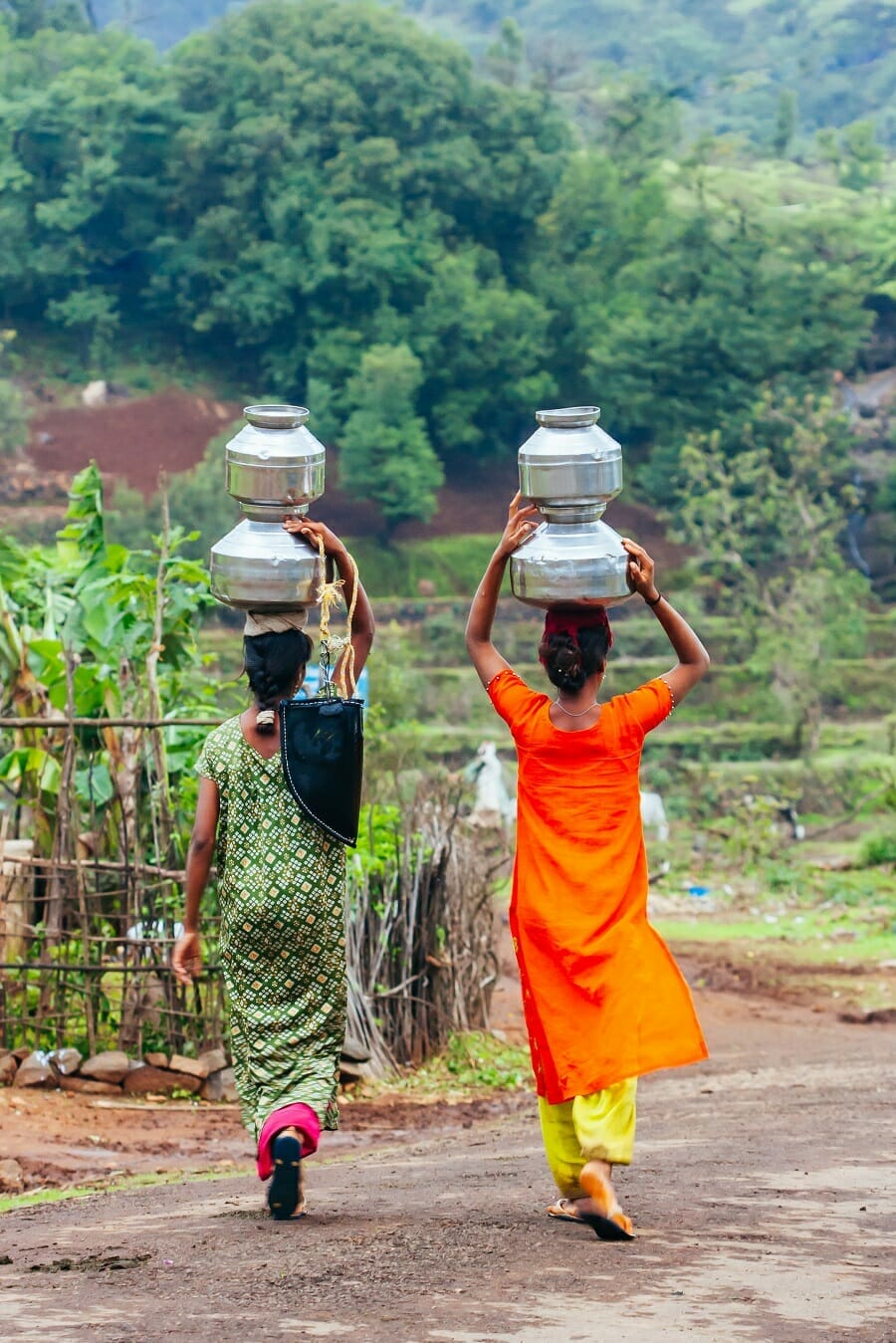
Biocentric
Put simply, a biocentric viewpoint is one that sees humans as no more important than any other living organisms on the planet. Essentially, every living thing exists within the same ecosystem, and the sharing of the same resources is vital to each of them.
As alluded to in our anthropocentric explanation, several countries struggle in terms of their freshwater supply, and several species of animals and plants suffer as a result.
And given the integrity of so many animals and plants to the environment and the cyclical way the world works, the needless wasting of water represents an extremely narrow-minded practice in the grand scheme of things.
All in all, frequent excess water wastage can lead to animal species heading towards extinction, with a lack of water also detrimentally affecting plantations from growing as they should, as well as a far less ready supply of available drinking water.

Ecocentric
The ecocentric point of view is not too dissimilar to the biocentric one described – it promotes the idea that the earth, its ecosystem and everything contained are equally as important as each other.
Accounting for an enhancing global population, the demand for freshwater is at the highest level ever, and in turn, fresh water needs to be sourced from alternative means such as ground water and aquifers.
These methods take much longer than usual as the extraction rate is far exceeded by the regeneration rate, further exemplifying why avoidable water wastage is just that – avoided.
Ultimately, the unsustainable nature of these water sourcing processes can see added carbon dioxide released into the atmosphere on the back of filtration, extraction and transportation processes. And as a result, our carbon footprint is further solidified, assisting an increase of the earth’s temperatures on the whole.
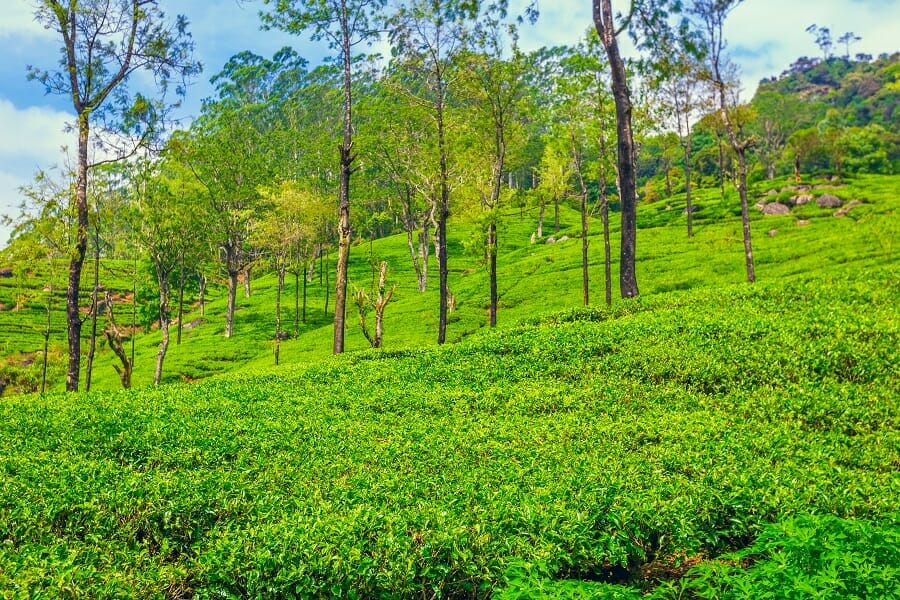
Explore Big Bathroom Shop For More Showers vs Baths Info
Be sure to explore the Big Bathroom Shop blog to find out further information about a wide range of topics related to the showers vs baths debate, and much more too.
And if you would like any help or assistance regarding our product range, or choosing the perfect bathtub or shower for your bathroom area, please don’t hesitate to get in touch with us.
You can leave us a message in the comments section below, or contact the team via Instagram, Facebook or Twitter.
The post Showers vs Baths: Is Water Wastage A Generational Issue? written by John Klee appeared first on Big Bathroom Shop.